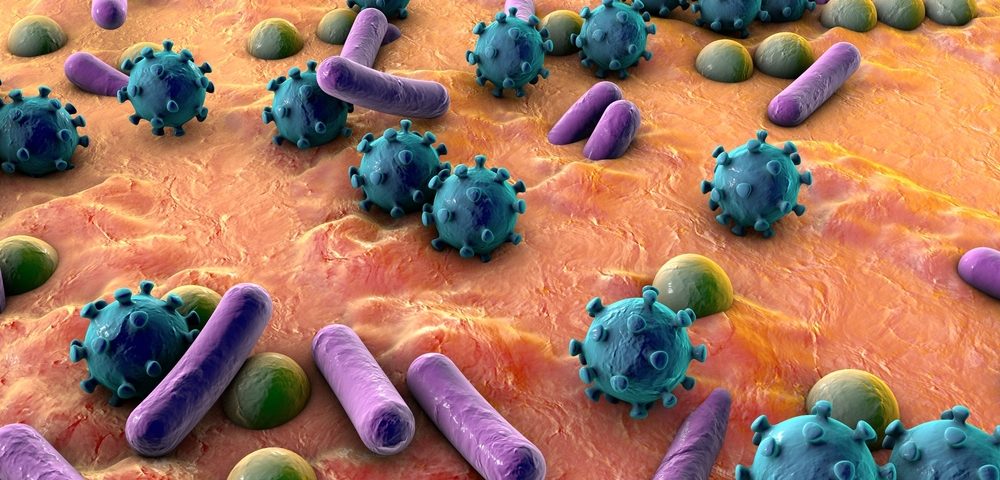An invasive type of Escherichia coli (E. coli) bacteria involved in gut inflammation in Crohn’s disease (CD) promotes joint pain, researchers have found. This information may help identify CD patients more likely to develop extra-intestinal symptoms and guide therapy choices.
The study “IgA-coated E. coli enriched in Crohn’s disease spondyloarthritis promote TH17-dependent inflammation” was published in the journal Science Translational Medicine.
Patients with Crohn’s disease are burdened with abdominal pain and diarrhea, but also can exhibit extra-intestinal manifestations, such as peripheral spondyloarthritis (SpA). This condition affects both the spine and joints. However, the underlying mechanism explaining how intestinal inflammation leads to SpA has been unknown.
Now, a team of researchers has discovered a link between the conditions. The scientists analyzed the bacteria present in fecal samples retrieved from IBD patients with or without peripheral SpA. The analysis was performed using antibodies, called immunoglobulin-A (IgA). These bind to bacteria present in the fecal samples.
The researchers then used the IgA-coated bacterial species to identify them. They detected a selective enrichment in IgA-coated E. coli in patients with Crohn’s disease-associated SpA (Crohn’s disease-SpA), but not in Crohn’s disease alone.
Researchers found that the E. coli bacteria isolated from CD-SpA patients were similar to the adherent-invasive E. coli (AIEC), an opportunistic pathogen that increases incidence and severity of gut inflammation in Crohn’s disease.
Performing additional experiments, researchers linked the Crohn’s disease-SpA E. coli bacteria to increased numbers of T helper 17 (TH17) cells, critical mediators of cellular immune response, and to interleukin (IL)-23, a cytokine that triggers TH17 cells activity. Cytokines are cell-signaling molecules that mediate immune cells interaction and behavior.
“Our findings may allow us to develop diagnostic tools to stratify Crohn’s patients with spondyloarthritis symptoms as well as patients at risk,” Randy Longman, MD, PhD, senior author of the study said in a press release. Longman also is assistant Professor of Medicine and Director of the Jill Roberts Institute Longman Lab at Weill Cornell Medicine, Cornell University .
In 2016 the U.S. Food and Drug Administration (FDA) approved Stelara (ustekinumab), an anti-IL-23 and anti-IL-12 medication, as a treatment for moderate-to-severe active Crohn’s disease in adult patients.
These new findings can potentially help physicians select appropriate therapies for CD patients.”We knew there was smoke but we didn’t know where the fire was,” said Kenneth Simpson, DVM, PhD, who also participated in the study. “If we can block the ability of bacteria to induce inflammation, we may be able to kick Crohn’s disease and spondyloarthritis into remission.”
“In IBD therapy, this is a step toward precision medicine — to be able to clinically and biologically characterize a subtype of disease and then select the medicine that would best fit the patient with this type of inflammation,” Longman said. “The results of this innovative study will start to inform our decision of which of our available medications will give the best chance of helping the individual patient.”

